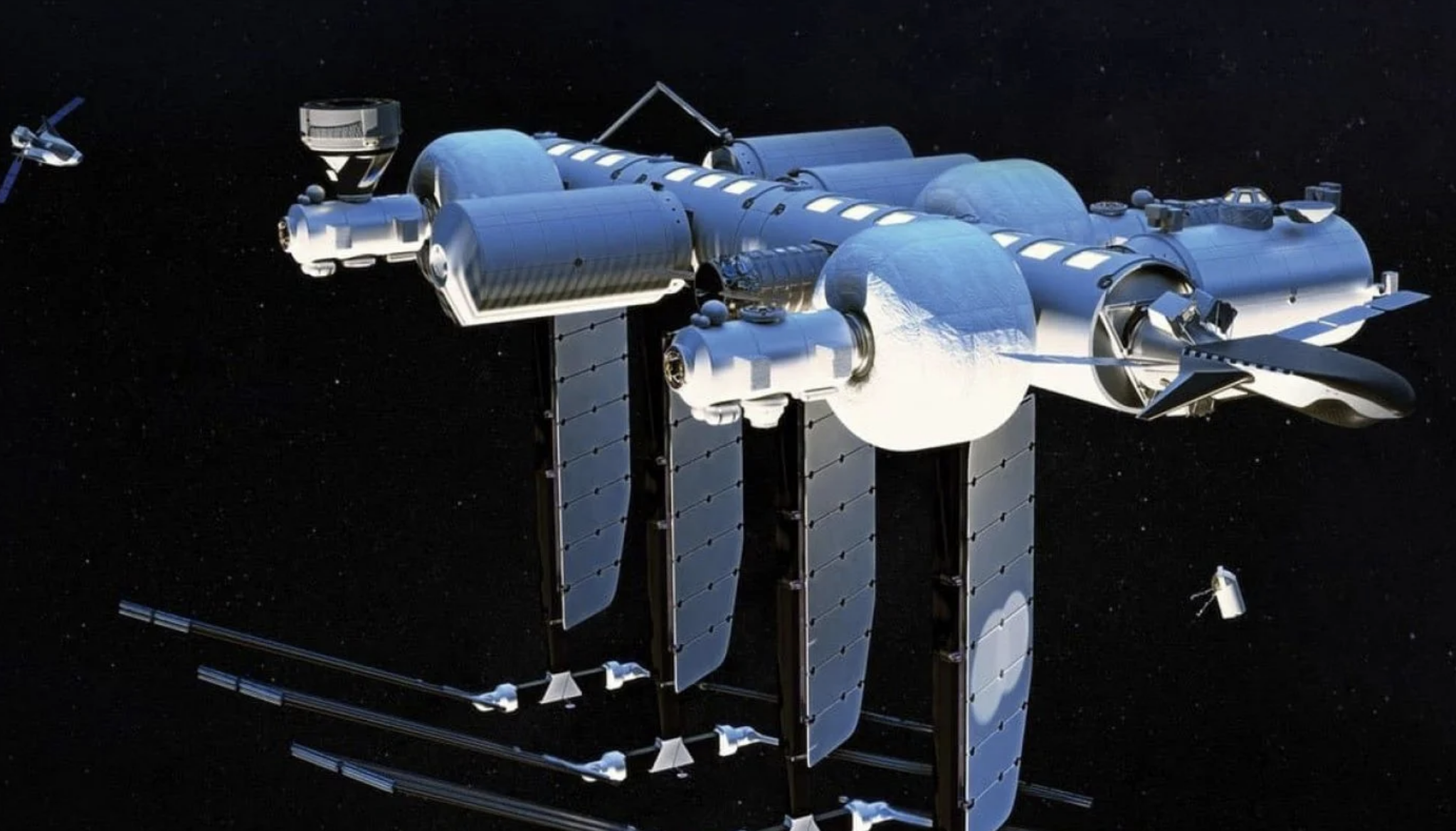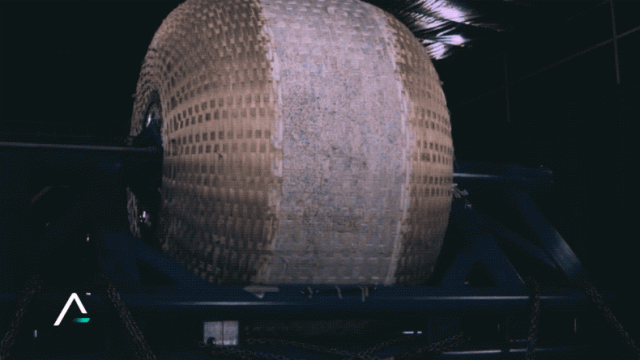Private space company Sierra Space announced yesterday that it successfully completed a stress test last month on an in-development astronaut habitat — a test that involved the pumping of gas into the inflatable module until it blew apart. This is the second successful test, following one earlier this year in July.
Sierra Space has been developing the Large Integrated Flexible Environment, or LIFE, habitat to continue its foray into long-term commercial spaceflight. The company says that the LIFE habitat is a three-story platform designed for both low Earth orbit and long-duration missions that can house habitation and science efforts. The company, along with Blue Origin, is seeking to place a private space station, called Orbital Reef, into Earth orbit, onto which the LIFE modules would be attached.

To test the strength of the LIFE habitat in space, Sierra Space performed a successful Ultimate Burst Pressure (UBP) test. The team took a one-third scale version of the habitat and pumped it full of hydrogen gas until the point of failure — explosion — to determine its stress limits. Given how violent the explosion threatened to be, the Sierra Space team performed the test on the same launch pad that NASA used to test rockets during the Apollo program. This is the second UBP stress test of LIFE, following one in July. Both have proven successful.
“This second successful UBP test proves we can demonstrate design, manufacturing and assembly repeatability, all of which are key areas for certification,” said LIFE chief engineer Shawn Buckley in a company press release. Sierra Space CEO Tom Vice also said: “The LIFE habitat module is essential technology for enabling humans to safely and comfortably begin to develop new civilizations in space.”
The LIFE module is a large, round habitat made out of woven fabric, primarily consisting of Vectran, which is a synthetic fibre made from a liquid crystal polymer. Vectran is commonly used in spaceflight application, including the airbags that helped land the Pathfinder on Mars in 1997. This second test was performed at NASA’s Marshall Space Flight Centre in Huntsville, Alabama and the first was performed at NASA’s Johnson Space Centre in Houston, Texas. Sierra Space says that this most recent test saw LIFE withstanding pressures of 204 psi, exceeding the safety threshold of 182.4 psi.
Theoretically, the LIFE habitat will launch on a conventional rocket and will then be inflated while in orbit, providing astronauts with a spherical habitat that is 27 feet (8.2 meters) in diameter to live and work in. Sierra Space says it will conduct a full scale UBP tests of the LIFE habitat in 2023 to complete NASA’s certification.
More: Orion Splashes Down in Pacific, Ending NASA’s Historic Artemis 1 Moon Mission
